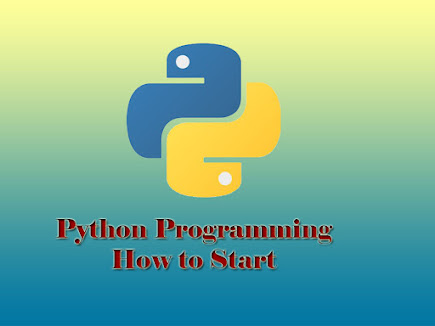Effective Ways to Improve Search Engine Ranking of a Blog
On-Page SEO
- Keyword Research:
Ø
Use tools like Google Keyword
Planner, Ahrefs, or SEMrush to find relevant keywords with good search volume
and low competition.
Ø
Focus on long-tail keywords
that are specific to your niche.
- Quality Content:
Ø
Create high-quality,
informative, and engaging content that provides value to your readers.
Ø
Ensure your content is
original and not duplicated from other sources.
Ø
Regularly update your content
to keep it fresh and relevant.
- Title Tags and Meta Descriptions:
Ø
Write compelling and
keyword-rich title tags (under 60 characters).
Ø
Craft informative and enticing
meta descriptions (under 160 characters) to improve click-through rates.
- Headings and Subheadings:
Ø
Use H1 tags for your main
title and H2, H3 tags for subheadings.
Ø
Include primary keywords in
your headings.
- URL Structure:
Ø
Use clean and descriptive URLs
that include your target keywords.
Ø
Avoid using long and complex URLs.
- Internal Linking:
Ø
Link to other relevant pages
or posts within your blog to improve navigation and spread link equity.
Ø
Use descriptive anchor texts.
- Image Optimization:
Ø
Use descriptive file names and
alt texts for your images.
Ø
Compress images to reduce
loading times.
Off-Page SEO
- Backlinks:
Ø
Earn high-quality backlinks
from reputable sites in your niche.
Ø
Guest post on other blogs and
include links back to your blog.
Ø
Engage in outreach to get your
content featured or linked to.
- Social Media Promotion:
Ø
Share your content on social
media platforms to increase visibility and drive traffic.
Ø
Engage with your audience and
encourage shares and likes.
- Influencer Collaboration:
Ø
Collaborate with influencers
in your niche to gain exposure and backlinks.
Ø
Participate in interviews,
podcasts, or webinars.
Technical SEO
- Mobile-Friendliness:
Ø
Ensure your blog is responsive
and provides a good user experience on mobile devices.
Ø
Use Google’s Mobile-Friendly
Test tool to check your site.
- Site Speed:
Ø
Optimize your site for fast
loading times by compressing images, minifying CSS and JavaScript, and using a
content delivery network (CDN).
Ø
Use tools like Google
PageSpeed Insights to identify areas for improvement.
- XML Sitemap:
Ø
Create and submit an XML
sitemap to search engines to help them crawl and index your site more
effectively.
Ø
Use tools like Yoast SEO or
Google XML Sitemaps.
- Robots.txt File:
Ø
Ensure your robots.txt file is
correctly configured to allow search engines to crawl important pages.
Ø
Block any pages you don’t want
indexed.
- SSL Certificate:
Ø
Secure your site with an SSL
certificate (HTTPS) to build trust and improve rankings.
User Experience (UX)
- Easy Navigation:
Ø
Design your site with a clear
and intuitive navigation structure.
Ø
Use a logical hierarchy and
include a search bar.
- Engaging Design:
Ø
Use a visually appealing
design that keeps users engaged.
Ø
Ensure your site is easy to
read with proper font sizes and contrast.
- Bounce Rate and Dwell Time:
Ø
Aim to reduce bounce rates by
providing relevant content and improving site speed.
Ø
Increase dwell time by keeping
users engaged with internal links and related posts.
Analytics and Monitoring
- Google Analytics:
Ø
Set up Google Analytics to
track your site’s performance and understand user behavior.
Ø
Monitor metrics like organic
traffic, bounce rate, and average session duration.
- Google Search Console:
Ø
Use Google Search Console to
monitor your site’s presence in search results.
Ø
Track keyword rankings,
click-through rates, and identify any issues.
By implementing these
strategies, you can improve your blog’s search engine ranking, drive more
organic traffic, and build a successful online presence.











%20Mobile%20Phone%20Using%20IMEI%20Number%20in%20India.jpg)